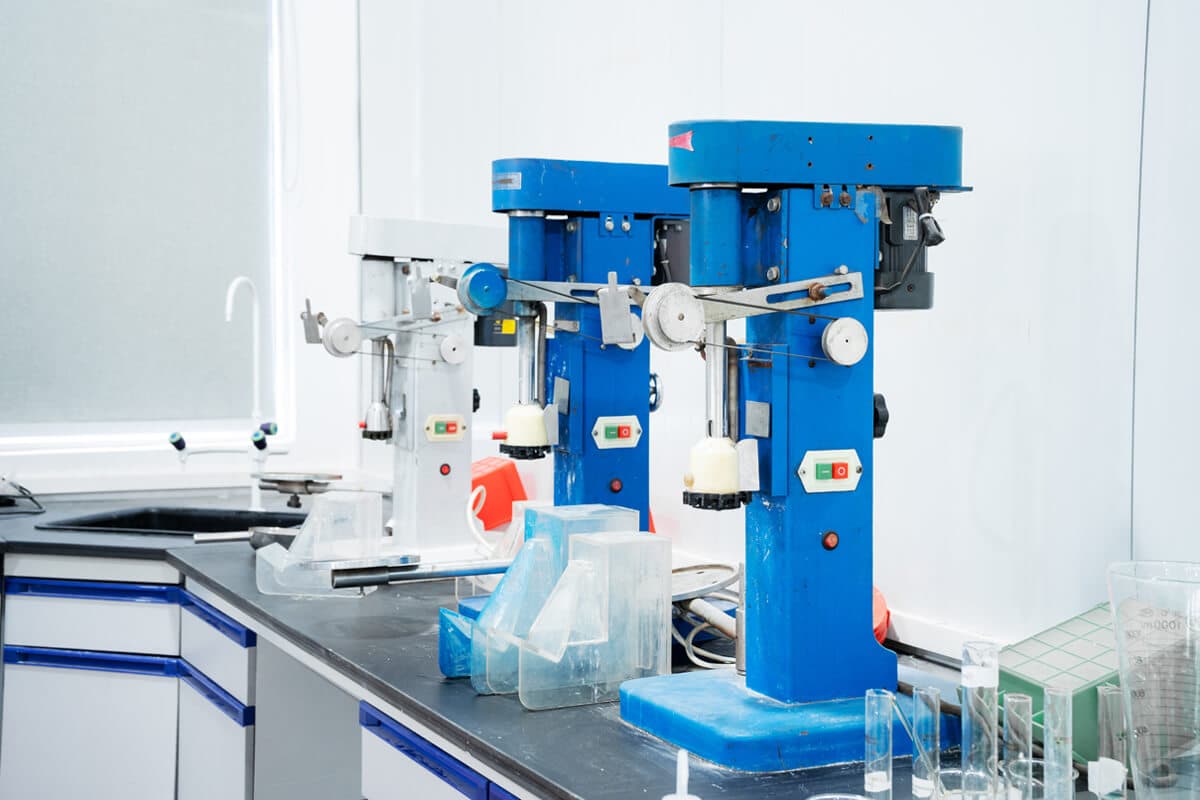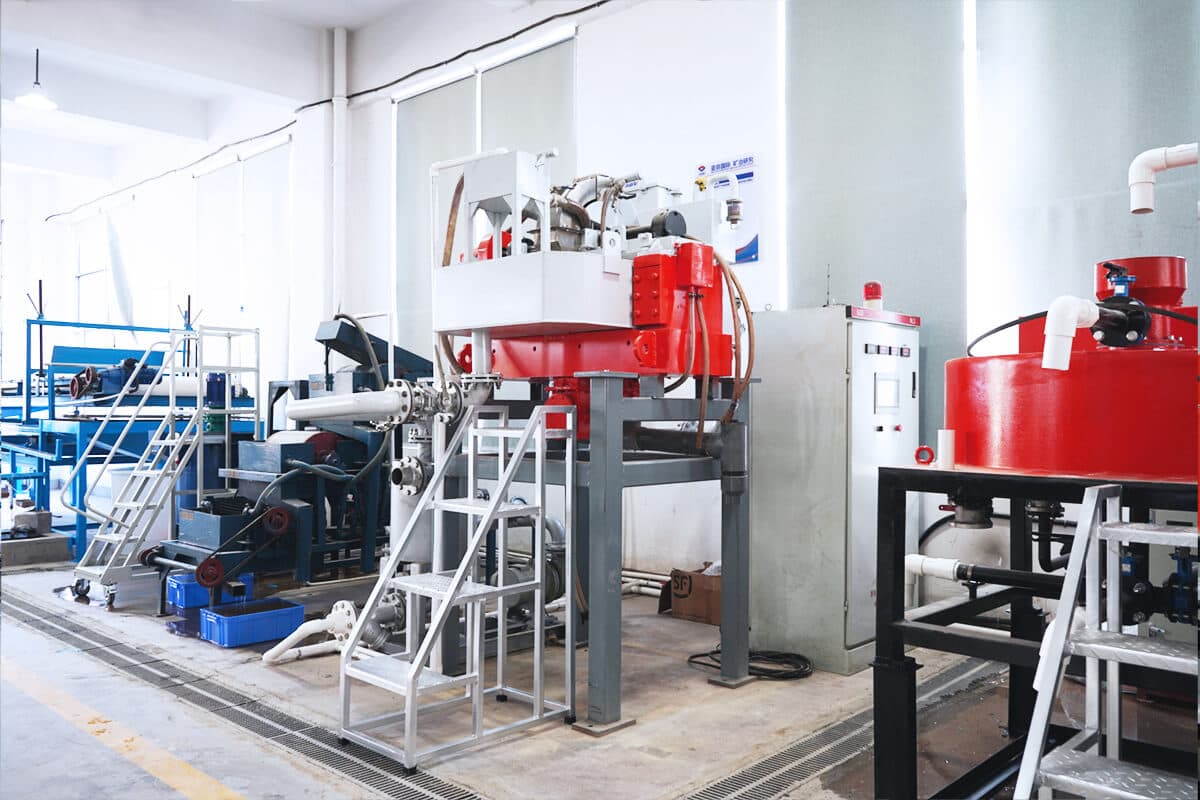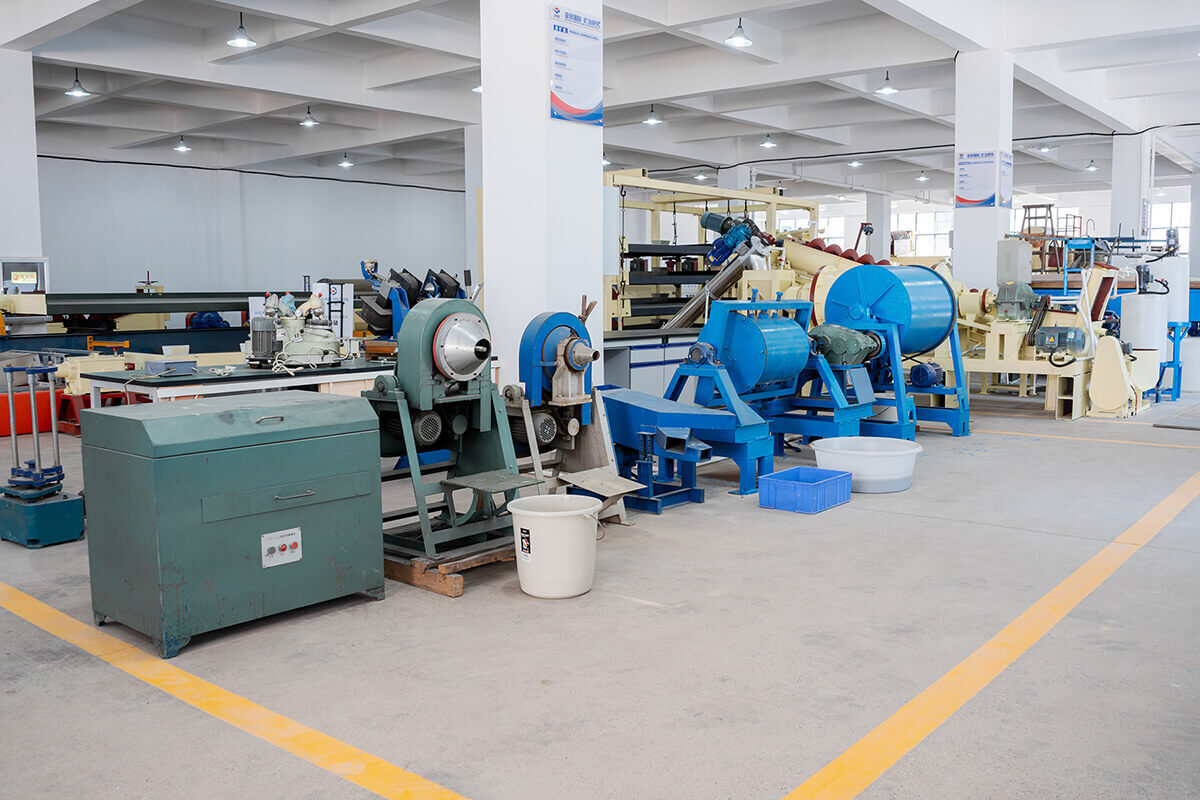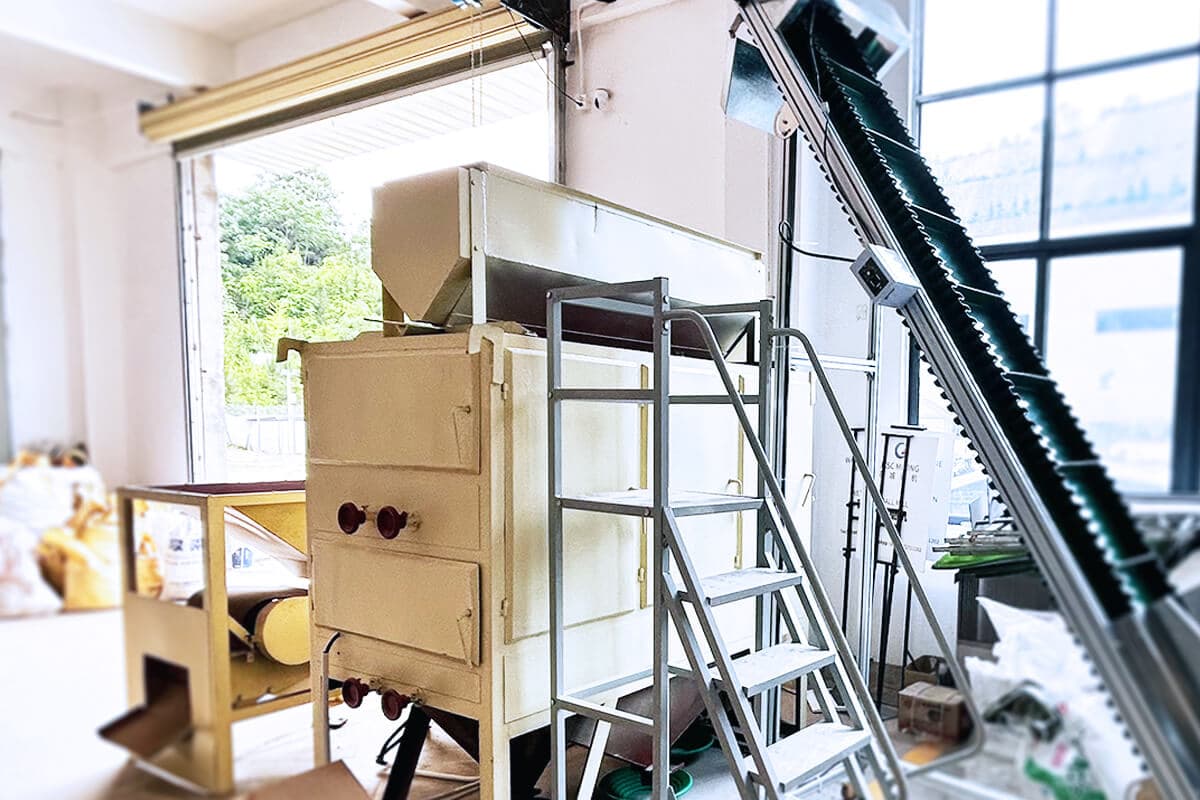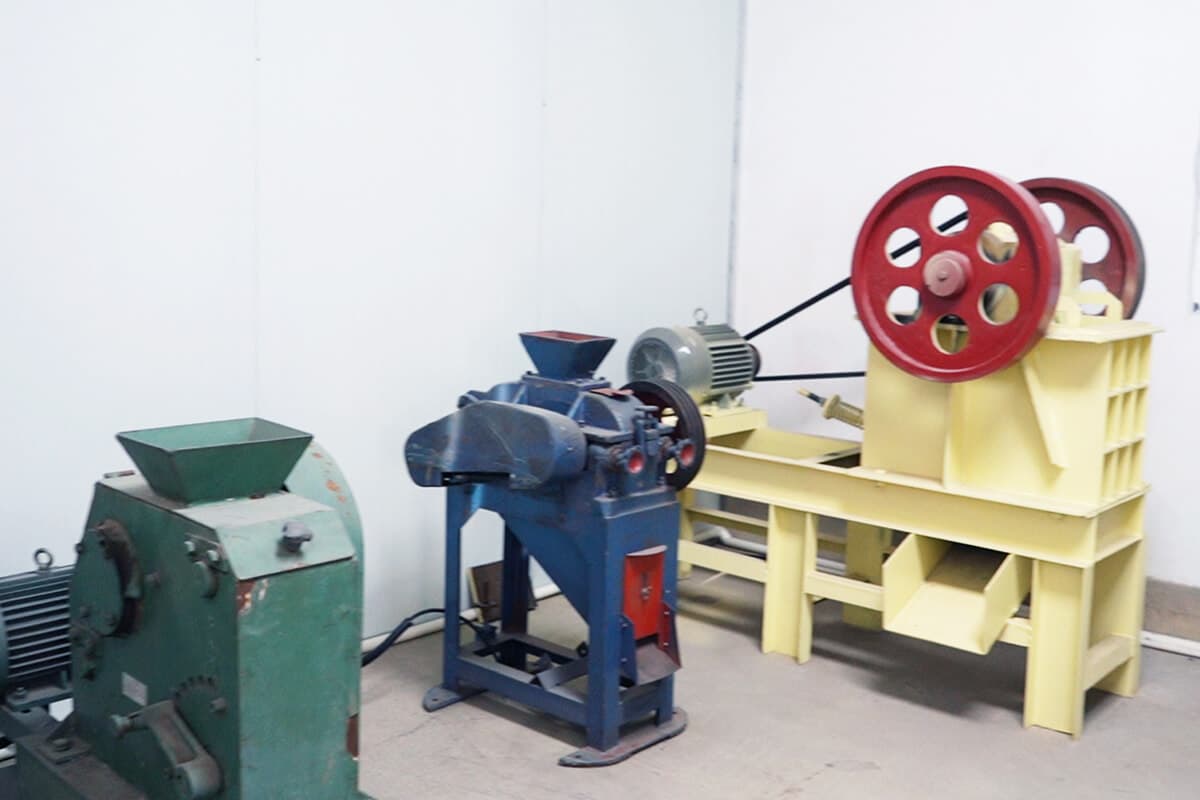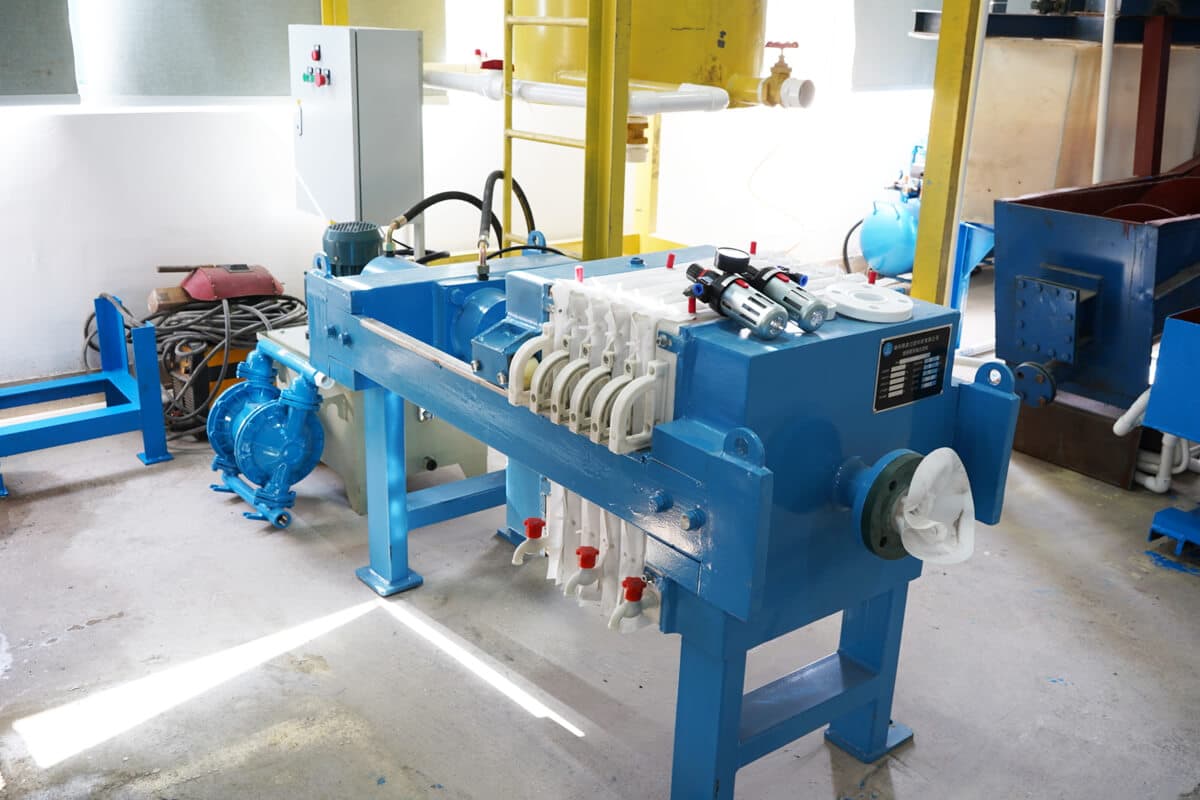Particle Size Analysis
Particle analysis, testing, and measurement expertise for particle size, particle size distribution, surface area measurement, and more are provided by Asia-Africa International. Knowledge of particle size leads to a better understanding of products and processes and helps optimize process efficiency to reduce costs.
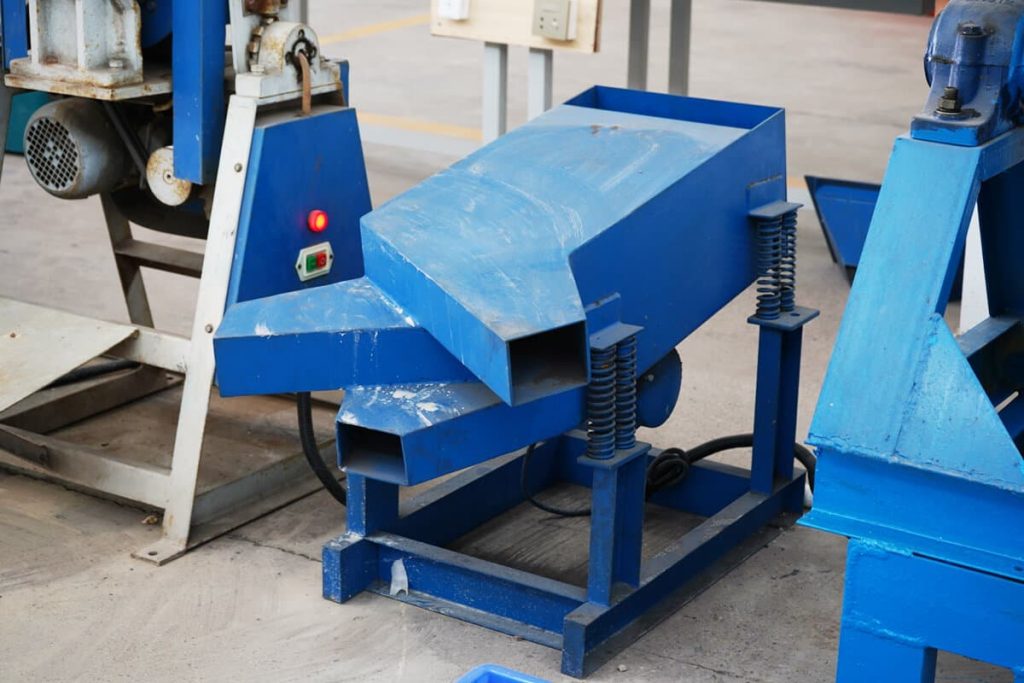
Lab Particle Size Analysis Testing
Introduction
The size of ore particles (or nuggets) is called particle size. The materials processed in crushing, grinding, and sorting are all mixtures of various mineral particles with different particle sizes. The ore mixture is divided into several grades according to the particle size, and these grades are called grades. The relative content of each particle size in the material is called particle size composition. The determination of particle size composition is called particle size analysis.
Determining particle size composition is an essential task in many industrial sectors. For example, the cement industry, metallurgical industry, coal powder preparation, geotechnical testing, food processing, and other departments will use particle size analysis, which is also an indispensable testing item in mineral processing tests. Both raw ore and products often need particle size analysis.
No particle size analysis method can be applied to all particle size ranges, and different measurement methods are used according to different particle sizes. The main task of particle size analysis is determining the particle size characteristics of broken bulk materials. There are many methods of particle size analysis, and the following three are commonly used in mineral processing engineering:
- Sieving
The sieving uses a series of different sizes to sieve the crushed materials. The n-layer sieves can divide the materials into (n+1) particle sizes, and the upper and lower limit particle sizes of each particle size are usually taken from the corresponding sieves mesh size. The sieve analysis method is widely used to determine the particle size composition of 0.04~100mm bulk particles and materials with greater strength can also be sieved with larger sieve holes. But it isn’t easy for materials with small particle sizes to make a sieve with corresponding sieve holes and to sieve fully. Generally, the grading particle size of a dry sieve is as small as 0.1mm. 0.04~0.1mm materials need wet sieving. The sieve analysis method is characterized by simple equipment and easy operation, but the sieve analysis results are greatly affected by particle shape and sieve time.
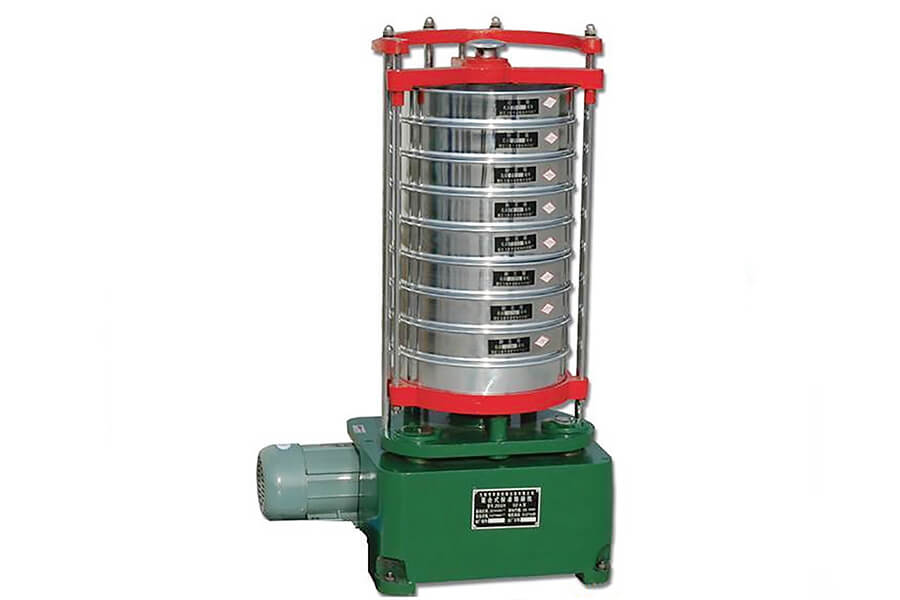
- Sedimentation
The water sedimentation analysis method uses a hydraulic analysis device to divide particles of different sizes into several particle sizes according to their different sedimentation velocities in the water medium. This method is suitable for determining the particle size composition of 1~75um fine-grained materials, and its characteristic is that it is not strictly classified according to the geometric size of the particles like the sieve analysis method but is classified according to the sedimentation velocity. Because the hydraulic sedimentation process is affected by particle density and shape, small particles with high density and large particles with low density may enter the same particle size. - Microscopic Analysis
The microscopic analysis uses a microscope to observe the size and shape of fine particles. It is suitable for 0.1~50um materials. It can check the sorted products, correct the results of hydraulic sedimentation analysis, and study the structure of ores. Its main feature is intuitive.
- Sieving: The particles larger than the sieve openings are retained on each sieve while the smaller particles pass through.
- Sedimentation: Sedimentation techniques, such as gravity sedimentation and centrifugal sedimentation, rely on the settling behavior of particles in a liquid medium. By measuring the settling rate or sedimentation height over time, particle size distribution can be determined using mathematical models.
- Microscopic Analysis: Capturing images of particles and analyzing them to determine their sizes. Using specialized software that detects and measures the particle sizes based on shape, color, or other characteristics.
Main Testing Steps
Step 1: Sample Preparation
Obtain a representative sample from the ore or material of interest. Ensure that the sample is appropriately collected and homogenized. If necessary, crush or grind the sample to reduce its particle size and ensure a representative subsample for analysis.
Step 2: Testing
Choose the appropriate test method according to the characteristics of the sample.
Sieving
- Hand Sieving
The sieving analysis of materials with a particle size greater than 6mm belongs to the sieving analysis of coarse-grained materials. Use a hand sieve made of punched steel or wire mesh for sieve analysis.The method uses a set of sieves with different sizes to sieve the ore into several particle sizes and then weigh the weight of each particle size separately.
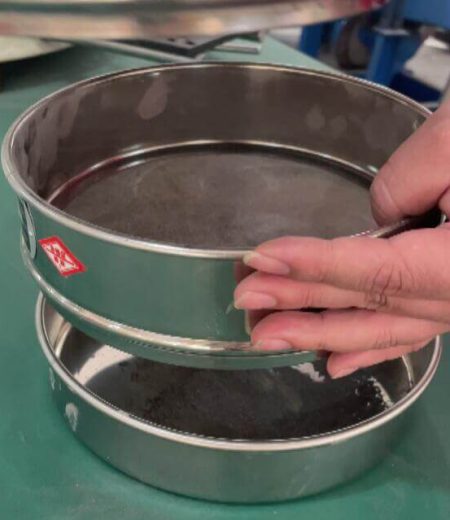
- Dry Sieving
Dry sieve analysis is to set the standard sieves in order, pour the sample into the upper sieve surface, cover the top cover, and put it on the vibrating sieve machine for sieving for 10-15 minutes. Then remove each sieve layer and sieve it on the blanket by hand. Considered it reaches the endpoint if the amount of under-sieved material obtained within one minute is less than 1% of the amount of over-sieved material. Otherwise, the sieve analysis will continue. - Combined Wet and Dry Sieve Analysis
The dry-wet combined sieve analysis method is to pour the sample into a fine-mesh sieve (such as a 200-mesh sieve) and sieve it in a water-filled basin until the water inside is no longer cloudy. Dry and weigh the material on the sieve, and calculate the weight of the fine mud washed out according to the difference between the weighed weight and the original sample weight. Then the dried sieve material is used for sieve analysis. At this time, the amount of under-sieve material on the lower sieve surface was calculated with the amount of fine mud washed out during wet sieving. After the sieve analysis, weigh the materials of each particle size with an industrial balance (accuracy: 0.01g), and the difference between the total weight of each particle size and the weight of the original sample shall not exceed 1% of the weight of the original sample. Otherwise, it should be redone.
Sedimentation
Sedimentation particle size analysis generally requires mixing the sample with a liquid to make a suspension with a specific concentration. The particles in the liquid begin to settle under the action of gravity or centrifugal force, etc. The sedimentation speed of the particles is related to the size of the particles. The sedimentation speed of the large particles is fast, and the sedimentation speed of the small particles is slow. We measure the particle size and particle size distribution according to the sedimentation speed of the particles. However, in the actual measurement process, measuring the sedimentation velocity of particles is challenging. Therefore, usually used to measure the change rate of the suspension concentration at a certain depth below the liquid surface to indirectly judge the sedimentation velocity of the particles and then measure the particle size distribution of the sample. Before the largest particle falls from the liquid level to the measurement area, the concentration is constant. When the largest particle falls to the measurement area, the concentration there begins to decrease, and the concentration will further decrease as the sedimentation process proceeds. The measurement process is terminated until all particles expected to be measured have settled below the measurement area.
Step 3: Data Interpretation and Reporting
- Analyze the obtained particle size distribution data to understand the characteristics of the sample.
- Identify the dominant particle size range, fine and coarse fractions, and any abnormal distribution patterns.
- Compare the results with the desired specifications or standards for the mining operation.
- Prepare a report summarizing the particle size analysis, including the methodology, results, and relevant observations or recommendations.
Equipment For Particle Size Analysis
Commonly used equipment in lab mineral particle size analysis testing
- Vibrating screen machine
- Sample sieve
- Balance
- Stopwatch
- Blanket
- Shovel
- Microscope

